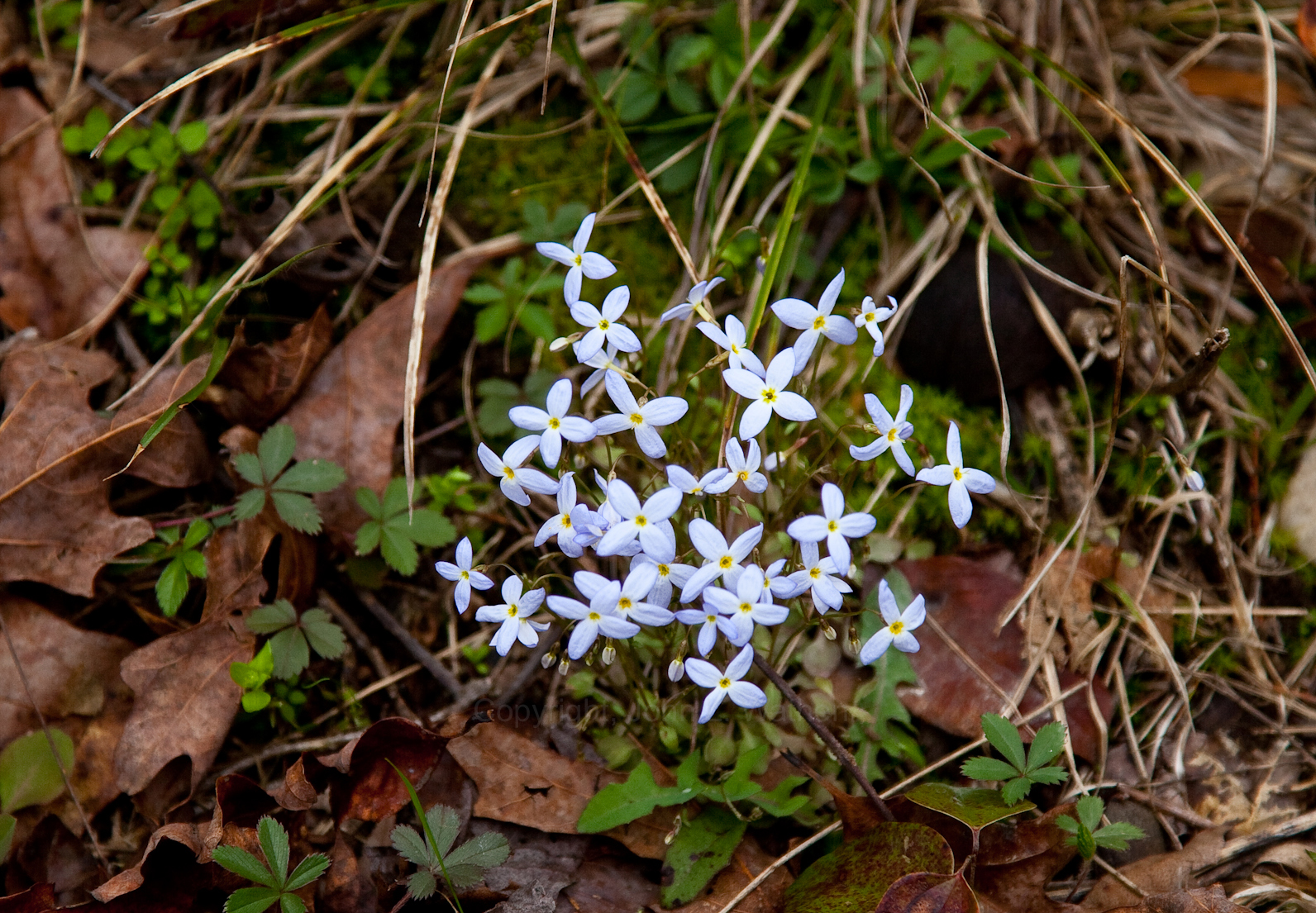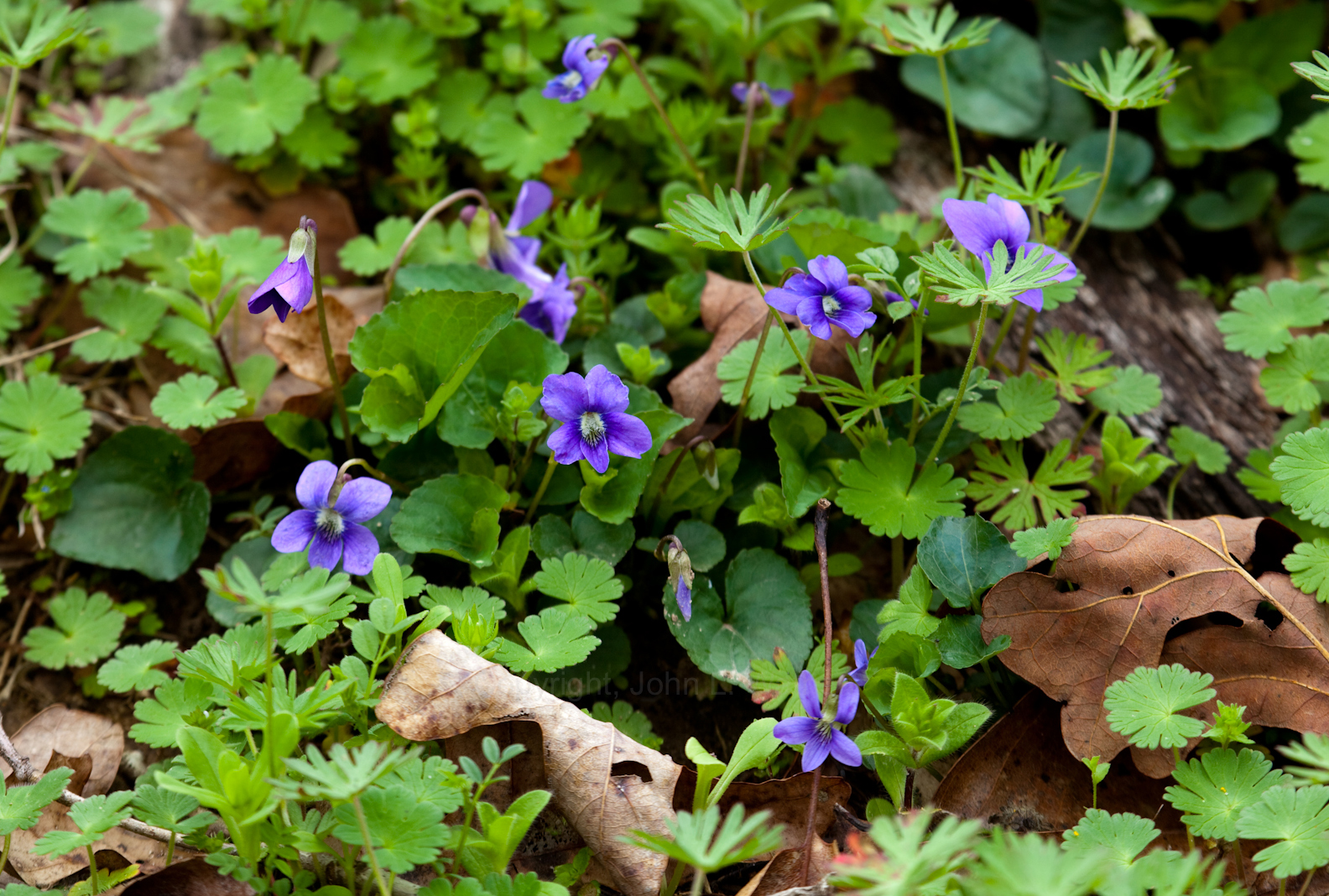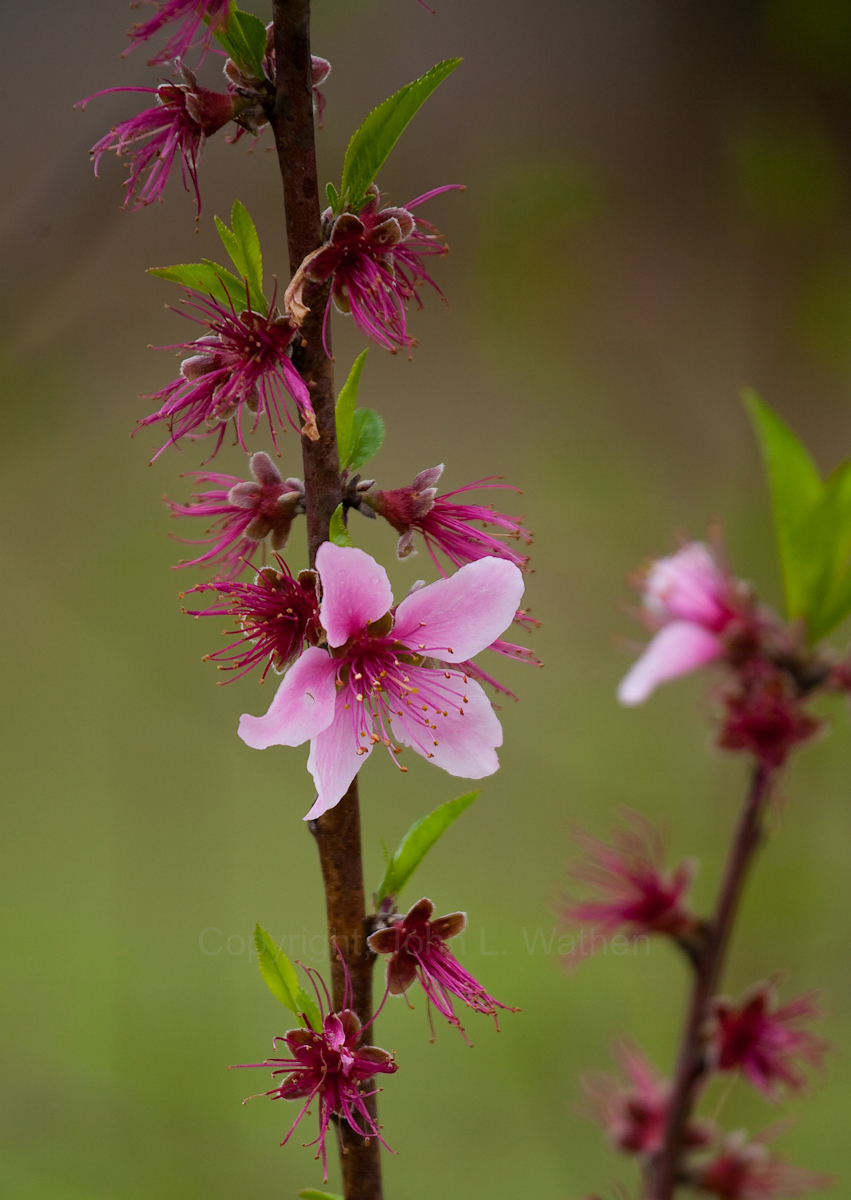Spring is here!
Today was one of those days when I had to get out and see what was beginning to bloom. It's called Spring Fever! Of course just as I was walking out it began raining lightly so I didn't venture far from home so I could dash back in case it got worse.
It wasn't any surprise for me to see my yard on the banks of Hurricane Creek in bloom. First out the door was a Red Maple already blooming out.
I couldn't help noticing the Dandelions in the background and began thinking about how many people spend lots of money killing these "weeds" without knowing what that does to local bee hives. Beekeepers say if the hive survives till the Dandelions bloom it will survive the winter.
There is a link to a piece on Gooserock Farm’s website about what a lazy person can do to help save our endangered bees. One of the easiest things is to not kill the dandelions on your lawn. (Mother Nature Network)
Most of the important bee plants in the Northeast are wildflowers. Of these, probably the single most valuable early spring wildflower is the dandelion. If a hive survives the winter, beekeepers know the bees will be safe from starvation if they can stay alive until dandelions bloom.
Dandelion pollen is moderately nutritious and the nectar is abundant. It doesn’t normally produce what we call a ‘surplus’, i.e. enough nectar to produce honey above and beyond what the bees will use for themselves, so you won’t generally see dandelion honey for sale, but it gives the bees a huge boost and adds to the health and wellbeing of the hive.
So a very simple, easy way to help honey bees is to refrain from killing the dandelions in your lawn.
There was an abundance of smaller flowers hidden in the grass and rocks. Some so small you could miss them without noticing how delicate they are by simply living too fast. This Spring, slow down a bit and take time to notice the little things the Creator put here for us to enjoy.
Take care not to disturb them and you should never pick all of the wildflowers out of a patch. You never know what critter may go without. You could also wipe out a patch of flowers by over picking so my motto is take only pictures and leave only tracks.

Some of favorites are getting ready like the wild Alabama Azalea.They are budding out and seem to be really thick throughout. I can hardly wait for them to burst out with that explosion of color Hurricane Creek is noted for.
I hear it raining outside right now. I wonder what my wild berry bushes will look like tomorrow. It's changing that fast. Huckleberries and wild blueberries are putting on flowers so it will not be long before it's feeding time for the birds, chipmunks,and if there's any left over... me.
If you have never had the pleasure of eating Huckleberries straight off of the bush, you are missing a treat. Smaller than a store-bought blueberry but more tasty. A bit more tart and much better for you than the stuff you can buy in the store. All along the creek huge bushes overhang the water and line the beaches everywhere. Even though they are tiny you can pick gallons of them if you spend a little time slowing down this spring.
 |
| Red Top can be seen covering the entire background |
Alabama is known for it's diversity but Hurricane Creek offers a really special collection. From the beginning of Spring when the Red Tops bloom until sometimes as late as June there is a virtual non-stop change of colors. I don't know the genus species name for the tree but I have always called it a Red Top and use to signal the real beginning of the season.
I only have one domestic plant in my yard and it too is an early bloomer. It is a Japanese Magnolia (seen above with the Red Top background) This is the first year it has fully bloomed since the April 27th tornado of 2011. It has struggled but it is a survivor like me I guess.

Yellow Jasmine hasn't fully opened yet but it should within the next few days.
I walked up the hill to my fruit trees and found them full of blooms and critters. First my peach trees.
If every flower survives without a late freeze I will have a bumper crop of fresh peaches this summer!
When I checked out my apple trees I was also pleased to see how many blooms were on there. These will be my first crop of Red Delicious Apples if they too can survive this Spring.
The bees were doing their part to see that the pollen gets spread.
Check out the pollen sacs on this one.
The pear trees were no different. Dripping with flowers and bees making sure things get properly spread around. I'd love to find the hive these bees are feeding!
What a great season to slow down and smell the flowers. Get out this Spring and see some of Alabama's wonderful features. If you are fortunate enough to live close enough to Hurricane Creek Park to get here it will surely be well worth the effort. Dr. E. O. Wilson once said that "for the temperate zone you have to go all the way around the world to find a flora and fauna as diverse as we have right here" |
| Weed patch??? NO, this is bee food! |


















Great post Bro. Enjoyed the communing, wild flowers and honey bees, these are two of my favorites.
ReplyDelete